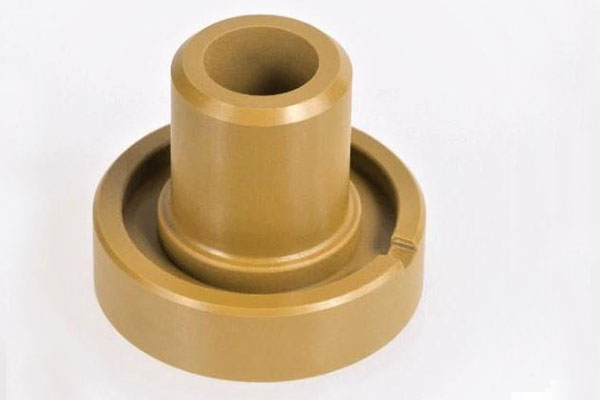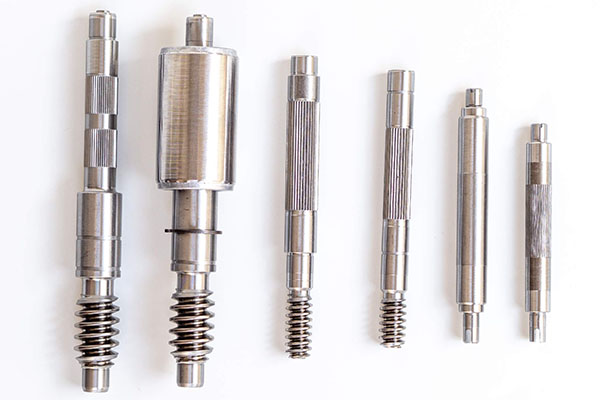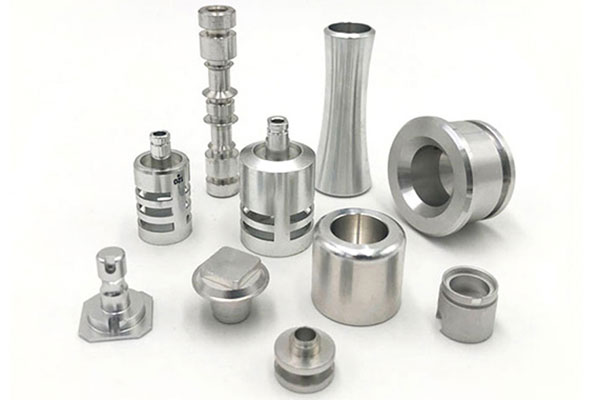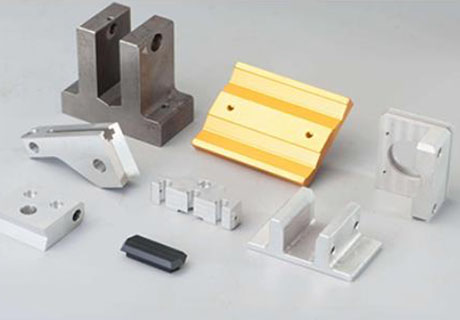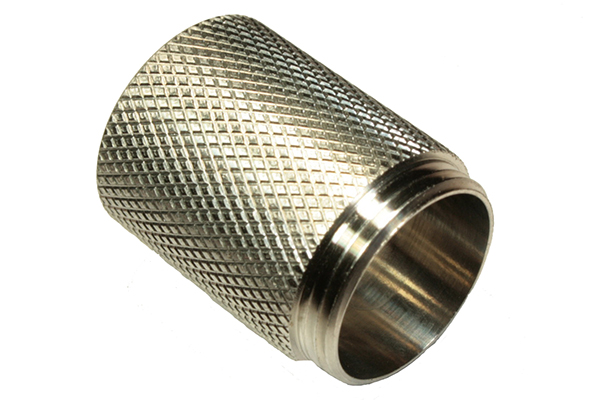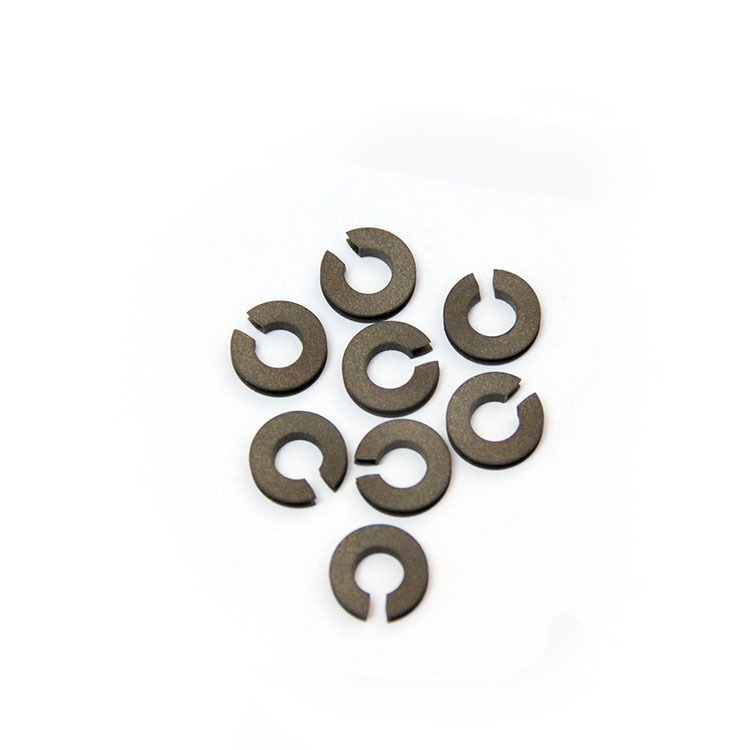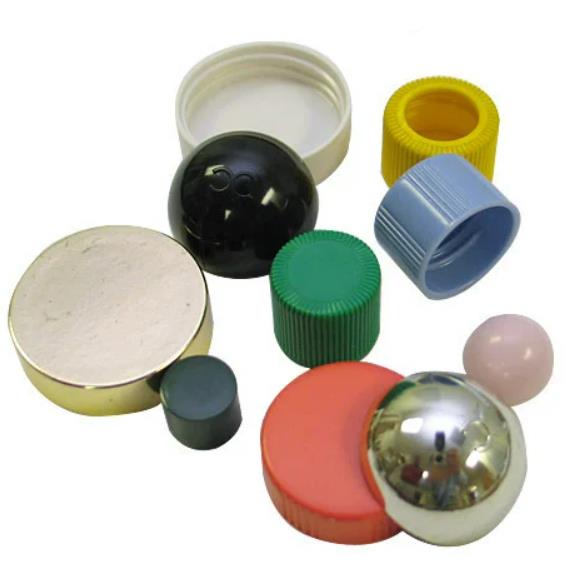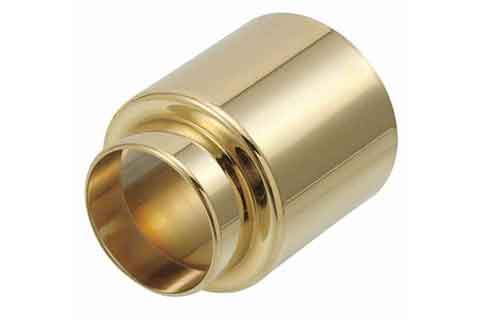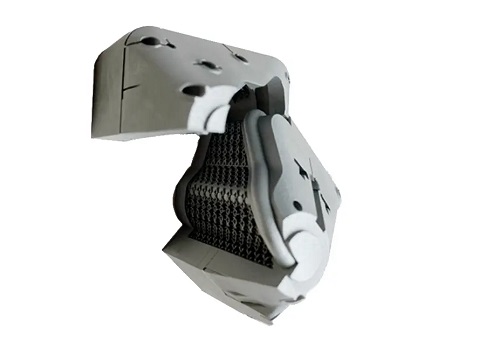Understanding Plastic Part Tolerance
Definition and Basics
In manufacturing, plastic part tolerance refers to the acceptable range of variation in the dimensions of a plastic component. Every plastic part is designed to have specific dimensions, but in the real - world manufacturing process, it's impossible to produce parts with exactly the same dimensions every time. Tolerance allows for these minor differences while still ensuring that the plastic part functions as intended.
For example, if a plastic gear is designed to have a diameter of 50 mm, a tolerance of ±0.2 mm means that the actual diameter of the produced gear can be anywhere from 49.8 mm to 50.2 mm and still be considered acceptable. This small range of variation accounts for the natural variability in the plastic injection molding process, material properties, and other factors during manufacturing.
Tolerance is crucial as it provides a buffer for the inevitable imperfections in production. Without it, the slightest deviation from the exact designed dimensions could render a part useless, leading to increased costs and production delays.
How It's Measured
There are several common methods and tools used to measure plastic part tolerance:
- Calipers:
- Types: Vernier calipers and digital calipers are frequently used. Vernier calipers have a main scale and a sliding vernier scale, allowing for readings to an accuracy of 0.02 mm in many cases. Digital calipers, on the other hand, provide direct digital readouts, often with an accuracy of 0.01 mm.
- Measurement Principle: They work by physically measuring the distance between two opposite sides of a plastic part. For instance, to measure the length of a plastic rod, the jaws of the caliper are opened to fit around the rod, and the measurement is read from the scale or digital display.
- Micrometers:
- Measurement Principle: Micrometers, such as outside micrometers, are used for more precise linear measurements. They operate on a screw - based mechanism. When the thimble is rotated, the spindle moves in a precisely controlled manner. For measuring the diameter of a small plastic tube, the tube is placed between the anvil and the spindle, and the thimble is rotated until the tube is gently gripped. The measurement is then read from the sleeve and thimble markings. Micrometers can achieve accuracies of up to 0.001 mm.
- Coordinate Measuring Machines (CMMs):
- Measurement Principle: CMMs are highly accurate devices used for three - dimensional measurements. They use a probe to touch the surface of the plastic part at multiple points. The probe can be a touch - trigger probe or a scanning probe. As the probe moves across the part's surface, it records the X, Y, and Z coordinates of each point. These coordinates are then processed by software to calculate the dimensions, shape, and position of the part. CMMs can achieve accuracies in the range of 0.001 - 0.005 mm, making them suitable for measuring complex plastic parts with tight tolerances, such as those used in the aerospace or medical device industries.
- Optical Measuring Devices:
- Types: These include optical comparators and laser scanners. Optical comparators project an enlarged image of the plastic part onto a screen, allowing for easy measurement of dimensions by comparing the image to a calibrated scale. Laser scanners, on the other hand, use laser light to scan the surface of the part. The reflected laser light is analyzed to create a 3D model of the part, from which dimensions can be accurately measured.
- Measurement Principle: Optical comparators work based on the principle of magnification and projection. Laser scanners use the time - of - flight or triangulation methods to determine the distance from the scanner to the part's surface at each point, enabling the creation of a detailed 3D model.
Why Plastic Part Tolerance Standards Matter
Ensuring Product Quality
Plastic part tolerance standards are the bedrock of product quality. Consider the automotive industry. A car is composed of thousands of plastic parts, from interior components like dashboards to exterior parts such as bumpers and engine - related plastic components. If the tolerance standards for a plastic gear used in the engine's timing system are not met, it can lead to a misalignment of the engine's moving parts. This misalignment can cause the engine to run inefficiently, resulting in decreased fuel economy. In more severe cases, it can lead to engine failure, which poses a significant safety risk to the driver and passengers.
According to a study by a leading automotive research institute, cars with plastic parts that deviated from the tolerance standards by more than 10% had a 30% higher probability of experiencing engine - related issues within the first 50,000 miles of use compared to those with parts within the tolerance range. Another example is in the manufacturing of medical devices. A plastic syringe with inconsistent wall thickness due to poor tolerance control may not deliver the correct dosage of medication accurately. This can have life - threatening consequences for patients, especially in critical care situations.
Facilitating Assembly
When plastic parts adhere to tolerance standards, the assembly process becomes much smoother. In the production of electronic devices, such as smartphones, hundreds of plastic components need to be assembled precisely. A plastic housing for a smartphone that meets the tolerance standards will fit perfectly with the circuit boards, batteries, and other internal components. This not only reduces the time spent on fitting and adjusting parts during assembly but also increases the overall efficiency of the manufacturing process.
Research has shown that in the electronics manufacturing industry, companies that adhered strictly to plastic part tolerance standards reduced their assembly time by an average of 20%. Moreover, the rate of products being rejected due to assembly issues dropped from 8% to 3%. If the plastic parts do not meet the tolerance requirements, they may not fit together properly. This can lead to costly rework, where parts need to be disassembled and adjusted or replaced. In some cases, it can even result in the scrapping of entire products, increasing production costs and delaying product launches.
Cost - Efficiency in the Long Run
At first glance, maintaining strict plastic part tolerance standards may seem costly. Tighter tolerances often require more precise manufacturing processes, better - quality materials, and more accurate measuring equipment. However, in the long term, it is highly cost - effective. Let's take the example of a plastic injection - molding company that produces consumer goods. By investing in high - precision molds and closely controlling the tolerance of the plastic parts during production, the company reduced its 废品率 (scrap rate) from 15% to 5%.
Based on the company's production volume of 100,000 parts per month and an average production cost of \(5 per part, this reduction in the scrap rate saved the company \)50,000 per month ($5 x 100,000 x (15% - 5%)). Additionally, products with parts within the tolerance standards are less likely to experience failures during use, which reduces 售后维修成本 (after - sales maintenance costs). A study of the home appliance industry found that products with well - controlled plastic part tolerances had 40% lower 售后成本 (after - sales costs) over a five - year period compared to those with looser tolerance control.
Comparison of Tolerance Standards in Different Industries
Automotive Industry
In the automotive industry, plastic parts play a vital role in vehicle manufacturing. The tolerance standards for plastic parts in this industry are extremely strict. For example, in the production of engine - related plastic components such as intake manifolds, the dimensional tolerance for critical dimensions may be as tight as ±0.1 - 0.3 mm. This is because even a slight deviation in the size of these parts can affect the engine's performance, fuel efficiency, and emissions.
The automotive industry commonly uses plastics like ABS (Acrylonitrile Butadiene Styrene), PC (Polycarbonate), and their blends. For ABS - based plastic parts, when the part size is within 100 mm, the tolerance for linear dimensions might be around ±0.2 mm according to the industry standard QC - T - 29017 - 1991. If the ABS part is glass - filled, which is often the case to enhance its mechanical properties, the tolerance can be further tightened. This is because the addition of glass fibers reduces the material's shrinkage during the molding process, allowing for more precise manufacturing.
Another example is in the production of plastic gears used in the transmission system. These gears need to mesh perfectly with other components. The pitch diameter tolerance of a plastic gear might be specified as ±0.05 - 0.1 mm to ensure smooth power transmission and to prevent issues like gear slippage or excessive noise.
Consumer Electronics
The consumer electronics industry has its own unique requirements for plastic part tolerance. With the trend towards miniaturization and the need for high - performance devices, plastic parts in consumer electronics, such as the casings of smartphones and tablets, must meet tight tolerance standards. For instance, in a smartphone, the plastic housing needs to fit precisely with the internal components, including the circuit board, display, and battery.
The tolerance for the thickness of a smartphone plastic housing is typically around ±0.05 - 0.1 mm. This is to ensure a sleek and uniform appearance while also providing a proper seal to protect the internal components from dust and moisture. The small size of consumer electronics components also means that any deviation in plastic part dimensions can lead to problems with assembly. For example, a plastic connector in a laptop charger might have a tolerance of ±0.03 - 0.05 mm to ensure a secure and reliable connection.
Compared to the automotive industry, the consumer electronics industry often requires even tighter tolerances for some small - scale plastic parts. However, the overall scale of plastic parts in consumer electronics is generally smaller. In the automotive industry, large - scale plastic parts like bumpers also need to meet tolerance standards, but the nature of the tolerance requirements is different. Bumpers may have a larger allowable tolerance in some non - critical dimensions (such as overall length, where a tolerance of ±1 - 2 mm might be acceptable), mainly focusing on aspects like surface finish and fitment with the vehicle's body structure. In contrast, consumer electronics plastic parts are more about the precise fit of small - scale, high - precision components within a compact device.
Yigu Technology's Perspective
As a non - standard plastic metal products custom Supplier, Yigu Technology deeply understands the significance of plastic part tolerance standards. In our production process, we attach great importance to every detail of tolerance control.
We invest in advanced manufacturing equipment and precision - measuring instruments to ensure that the plastic parts we produce meet the strictest tolerance requirements. Our experienced engineering team conducts in - depth research on the shrinkage characteristics of various plastic materials and the influence of processing parameters on part dimensions. By precisely controlling the injection molding process, including injection pressure, temperature, and cooling time, we minimize dimensional variations.
Moreover, we have established a comprehensive quality control system. Each batch of plastic parts undergoes strict inspection, and any parts that do not meet the tolerance standards are rejected. This strict quality - control approach allows us to provide high - quality plastic parts to our customers, meeting their diverse application needs and ensuring the reliable performance of their products.
FAQ
What is the typical tolerance range for plastic parts in consumer electronics?
In consumer electronics, the typical tolerance range for plastic parts varies depending on the component and its function. For small plastic components like those in a smartphone, the tolerance for linear dimensions can be as tight as ±0.05 - 0.1 mm. For example, the thickness of a plastic housing for a smartphone often has a tolerance in this range to ensure a perfect fit with internal components and a sleek appearance. For plastic connectors in consumer electronics devices, the tolerance might be around ±0.03 - 0.05 mm to guarantee a reliable connection. This tight tolerance range is due to the miniaturization trend in consumer electronics, where even a slight deviation can lead to issues with assembly, functionality, or the overall aesthetics of the product.
Are there international standards for plastic part tolerance?
Yes, there are international standards for plastic part tolerance. One of the most widely used is the ISO 20457 standard developed by the International Organization for Standardization (ISO). This standard covers plastic molded parts and provides guidelines on dimensional tolerances, form tolerances, and position tolerances. It is applicable across various industries and is used in international trade and manufacturing. For example, in the automotive and aerospace industries, which often operate on a global scale, ISO 20457 helps ensure that plastic parts produced by different suppliers around the world meet a common set of tolerance requirements. Another well - known standard in North America is the ASTM standard issued by the American Society for Testing and Materials. It has specific provisions for plastic part tolerances, especially related to the material properties and testing methods of plastics in that region.
